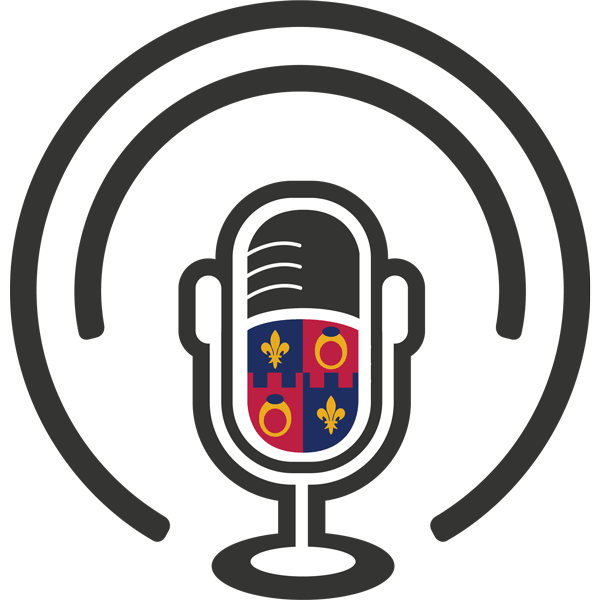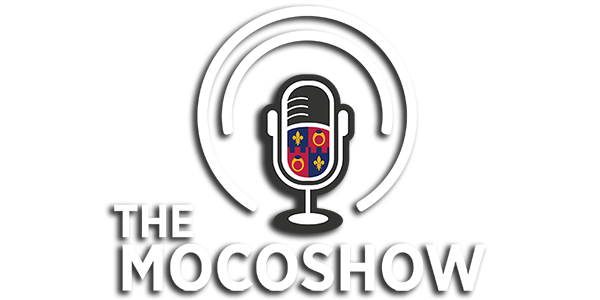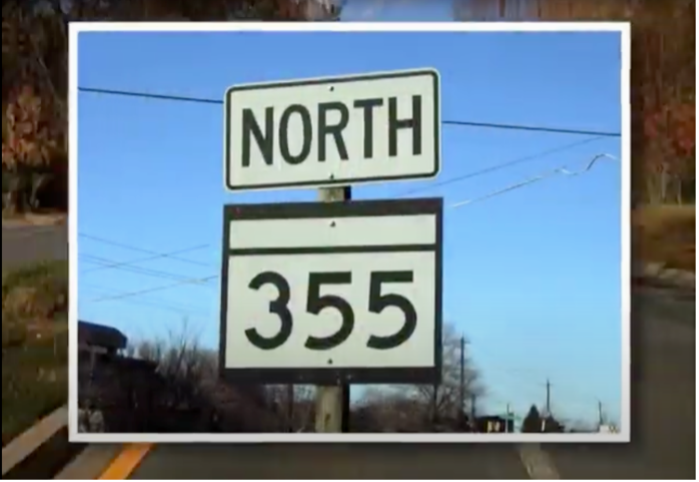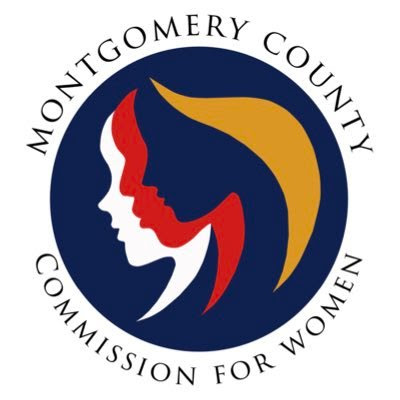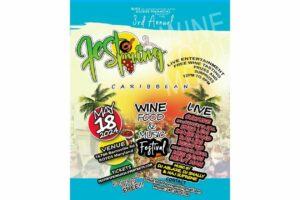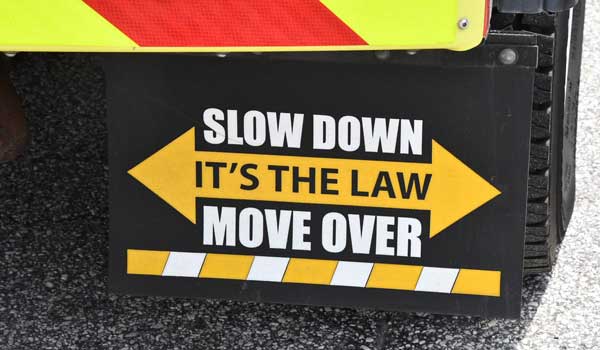
Based on bill (SB0147) signed into law by Governor Larry Hogan on April 21, Maryland’s “Move Over” law will expand once again on October 1, 2022. In Maryland, the law was originally enacted in October 2014 requiring motorists to move over for emergency vehicles, law enforcement vehicles and tow trucks. The law was expanded in 2019 to include service vehicles such as transportation, service and utility vehicles, as well as waste and recycling trucks that have their lights flashing.
The expanded law that will be enacted on October 1st, will require a driver to make a lane change or slow the speed of their vehicle when approaching from the rear any stopped, standing or parked vehicle displaying hazard warning lights, road flares or other caution signals including traffic cones, caution signs or non-vehicular warning lights. The expanded law is aimed toward protecting all road users.
According to MDOT, violating the law is a misdemeanor carrying a $110 fine and one point on your license. If the violation causes a crash, the fine is $150 and three points. If there is a death or serious injury, the fine is $750 and three points.
Per MDOT:
“Motorists in Maryland must move over when approaching emergency, law enforcement, tow truck, utility, and transportation vehicles while they are stopped, standing, or parked on a highway with their red, amber, or yellow lights flashing. If it is not safe or feasible to move over, motorists must slow to a reasonable and prudent speed that is safe for existing weather, road, and vehicular or pedestrian traffic conditions.
Beginning October 1, 2022, the Move Over Law in Maryland will expand to require motorists to make a lane change or slow down when approaching any stopped, standing, or parked vehicle displaying warning signals – including hazard warning lights, road flares, or other caution signals including traffic cones, caution signs, or non-vehicular warning signs. The expanded law is in place to protect law enforcement, emergency responders, and any motorist that may encounter a roadside emergency and must stop near travel lanes.“
Recent Stories
FEST OF SPRING Caribbean Wine Food & Music Festival
Get ready to experience the vibrant colors, tantalizing flavors, and infectious rhythms of the Caribbean at the FEST OF SPRING Caribbean Wine Food & Music Festival! Hosted by RHU LLC, this exciting festival is set to take place on May 18, 2024, at the picturesque 16700 Barnesville Rd in Boyds, MD.
Step into a world where the Caribbean spirit comes alive! From 12:00 PM onwards, immerse yourself in a sensory journey that celebrates the unique culture, cuisine, and music of the Caribbean. Whether you're an African American, a Reggae or Soca music enthusiast, a wine lover, or part of the vibrant Caribbean diaspora, this festival promises to delight and captivate you in every way.
Let the enticing aromas of mouthwatering Caribbean dishes tantalize your taste buds. Feast on traditional delicacies prepared by expert chefs, showcasing the rich and diverse culinary heritage of the Caribbean. Indulge in flavorful jerk chicken, succulent seafood, and delectable plantain dishes that will transport you straight to the islands.
Accompanying the culinary extravaganza is a carefully curated selection of premium wines, ensuring the perfect pairing for your palate. Sip on fine wines from renowned vineyards, each sip a reflection of the Caribbean's vibrant spirit. Discover new flavors, expand your wine knowledge, and savor unforgettable moments with every glass.
As the sun sets, get ready to groove to the infectious rhythms of Caribbean music. Feel the pulsating beats of reggae, soca, dancehall, and calypso, moving your body to the lively melodies. Live performances by talented musicians and performers will keep the energy high, ensuring a night of unforgettable entertainment.
Don't miss this opportunity to embrace the Caribbean spirit and celebrate the arrival of spring in style! Tickets are available on AllEvents, so secure your spot today. Join us at the FEST OF SPRING Caribbean Wine Food & Music Festival, where cultures collide and unforgettable memories are made.
LIVE PERFORMANCES By: CULTURE Feat. Kenyatta Hill, EXCO LEVI, IMAGE BAND, RAS LIDJ REGG'GO with Special Guest SUGAR BEAR FROM E.U. & MORE! & MORE!
MUSIC By: DJ ABLAZE, DJ SMALLY & NAJ SUPREME
2 NIGHT Camping packages available: RV/CAMPER $200 | TENTS $150 Starting on Friday May 17 @ 5pm | 30 RV SPACES | 30+ TENT SPACES
KIDS 12 & UNDER FREE!!!
